Enhancing Awareness and Competence of Public Health Students in Port-of-Entry Surveillance in Bali Province: Addressing Travel Health Issues
Bali, as an international tourist destination, receives a substantial influx of both domestic and international tourists annually. It is estimated that around 17,000 individuals enter Bali daily, with numbers surging to 23,000 individuals during special events such as Christmas and New Year's. While this brings significant economic potential to the local community, it also poses potential health risks, including disease transmission, as evidenced during the COVID-19 pandemic.
In light of this situation, the Master Program in Public Health at Udayana University recognizes the importance of its students gaining a deeper understanding of the tourist health screening process at national entry points and how surveillance systems are implemented at the I Gusti Ngurah Rai International Airport. This initiative aligns with the program's commitment to producing graduates with enhanced competencies in Travel Health.
In furtherance of this objective, the program invited a speaker from the Provincial Health Quarantine Office (Balai Besar Kekarantinaan Kesehatan/BBKK) of Bali, I Made Arta, SKM, M. Kes, who is also an alumnus of the Master Program in Public Health with a specialization in Field Epidemiology. Held on March 25, 2024, Mr. Made Arta elucidated on the International Health Regulations and the role of the Provincial Health Quarantine Office in the national entry point surveillance process, as well as the challenges faced by the office in implementing these activities.
Additionally, to provide students with a tangible understanding of surveillance implementation at national entry points, a field trip to the airport was organized on March 28, 2024. Prior to the field trip, students were received by the Head of the Provincial Health Quarantine Office and briefed on the scope of activities at the office. Furthermore, closer collaboration between the two institutions was encouraged, and students were urged to make the most of this experiential learning opportunity. At the airport, students were guided by Mr. Made Arta and Dr. Riza in conducting tourist arrival screenings using thermal scanners and following operational procedures for encountering unwell tourists. Challenges in surveillance implementation at entry points, particularly in Bali as an international tourist destination, were also discussed. Additionally, students were shown the tourist treatment clinic equipped with sterile specimen examination facilities and vacuum facilities to create negative pressure in examination rooms in cases of suspected airborne diseases.
Through these activities, it is anticipated that students and faculty will develop a better and more critical understanding, enabling them to propose ideas for improved surveillance at national entry points. Moving forward, strengthened collaboration is essential for fulfilling the three pillars of higher education activities, reflecting excellence in the field of Travel Health.
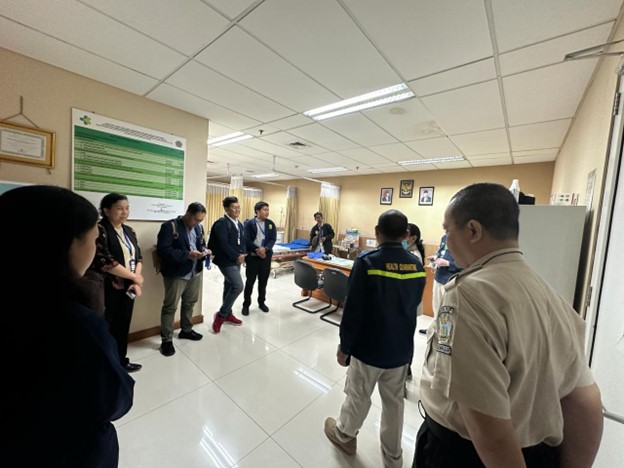
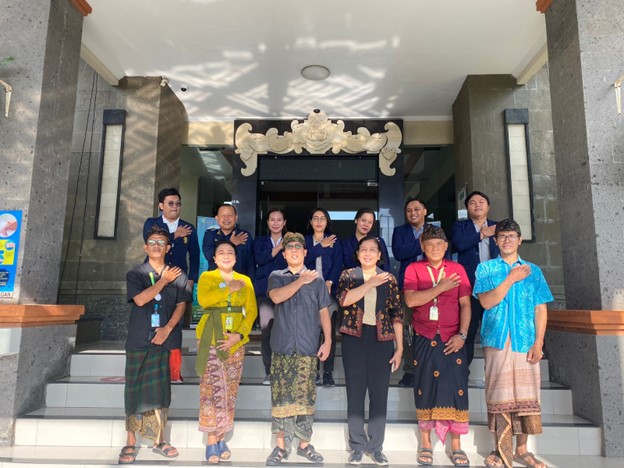
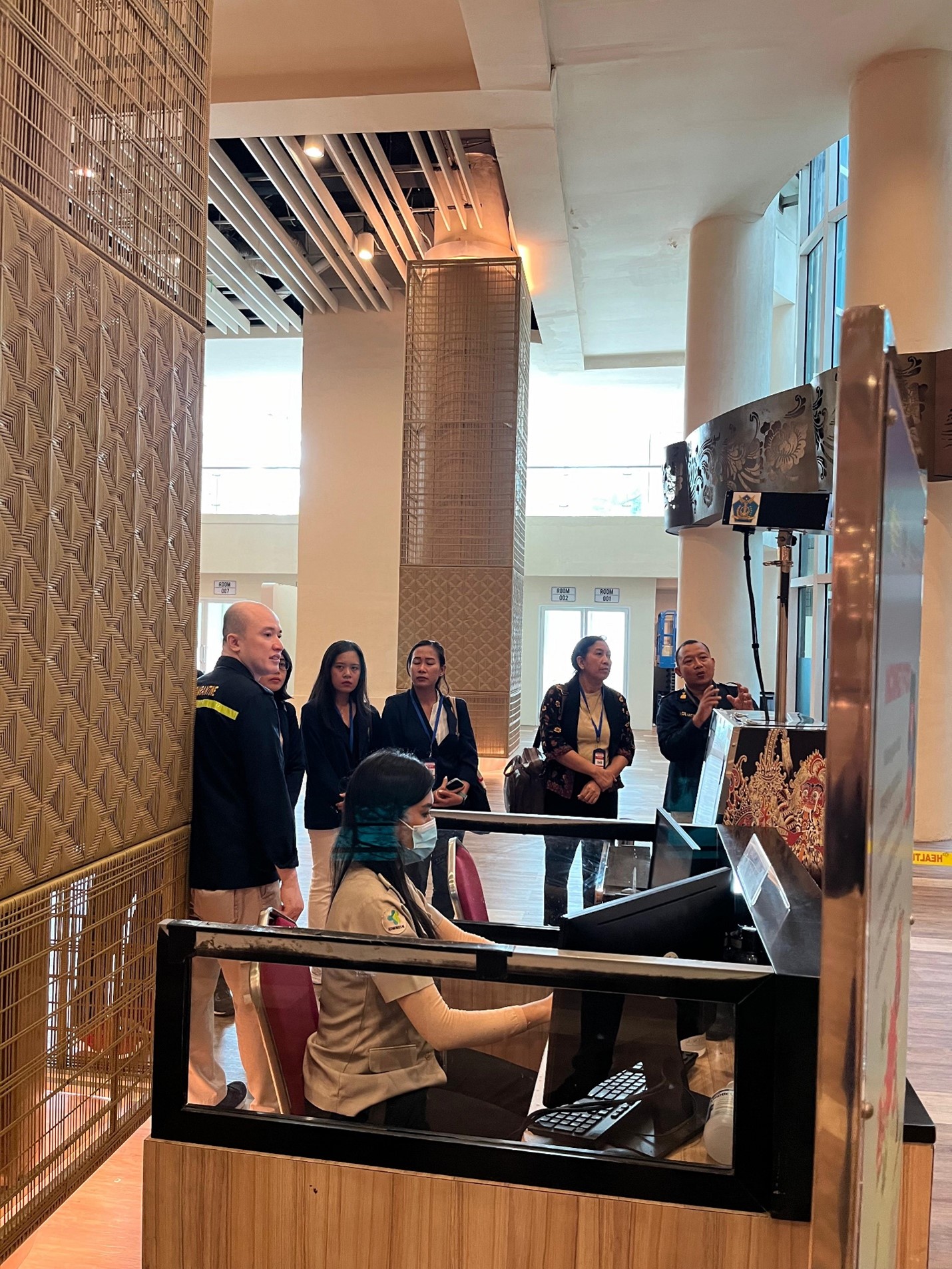
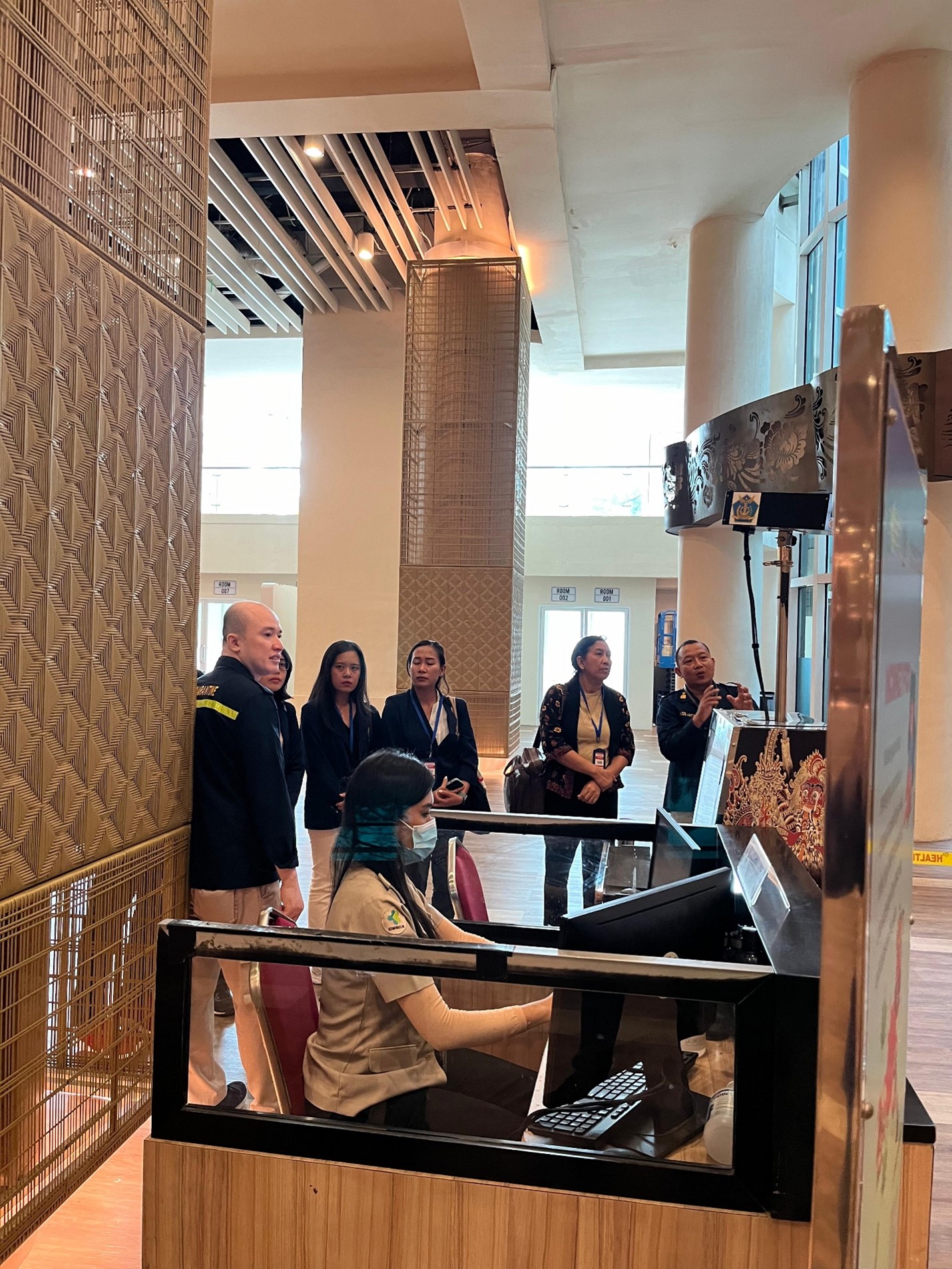
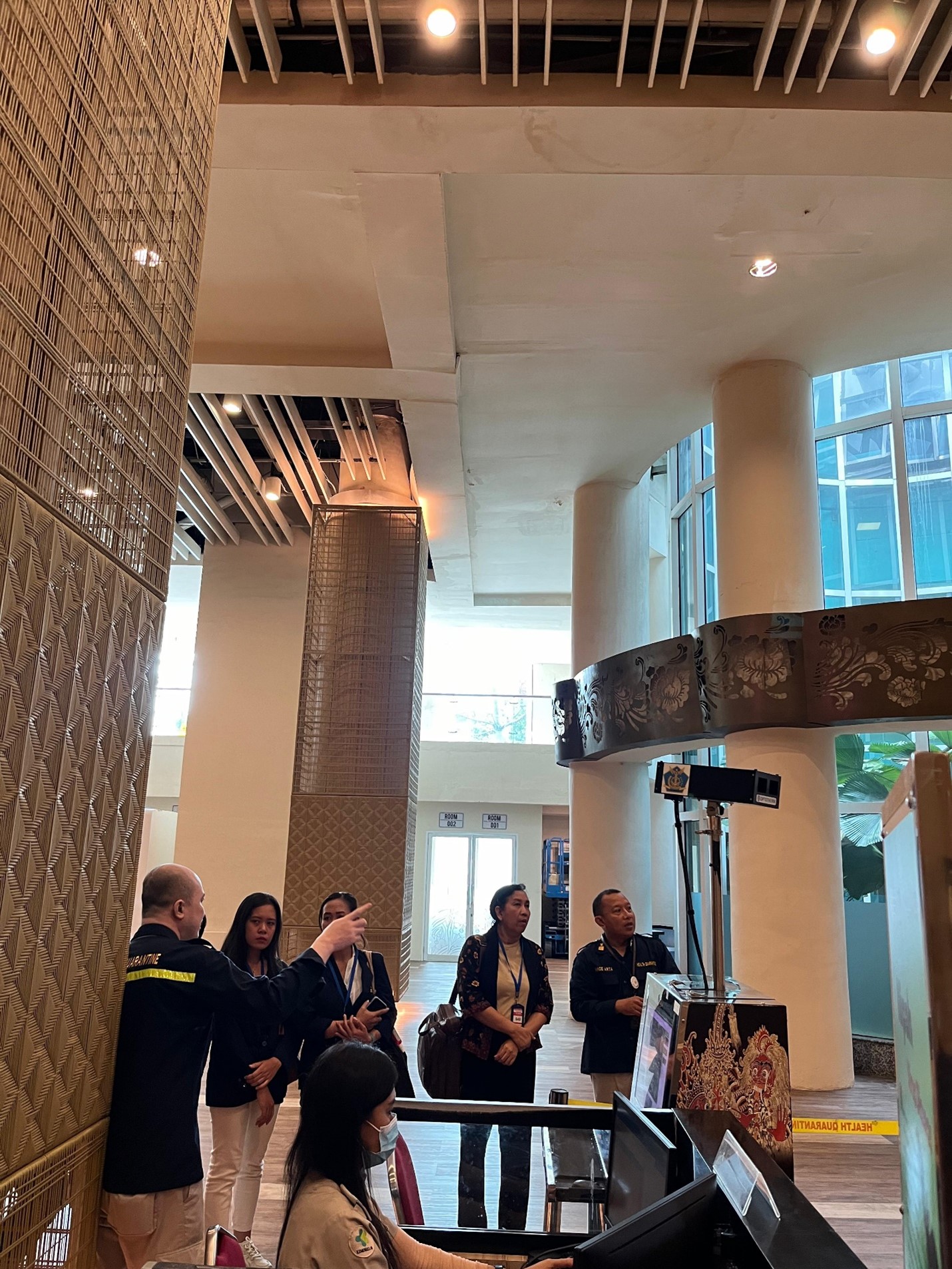
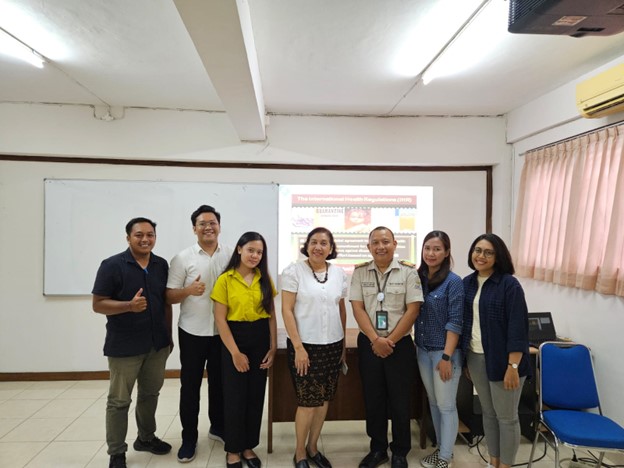


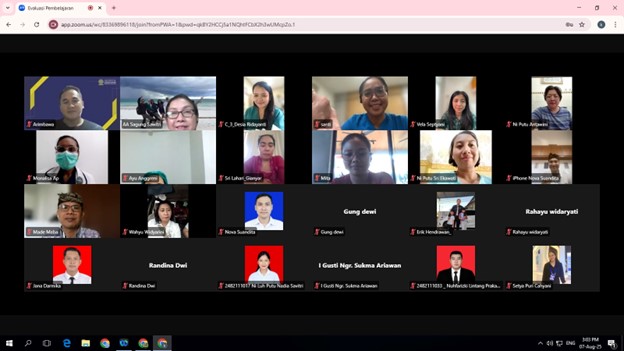
MEDICAL FACULTY